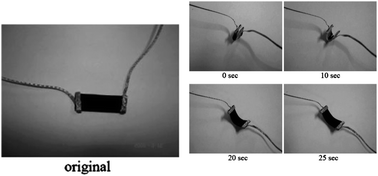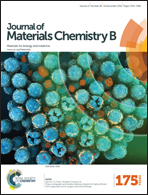Mechanoactive materials in cardiac science
Abstract
Over 4000 people in the US are on the heart transplant waiting list. The lack of donor hearts and complications with ventricular assist devices motivates the development of alternative solutions for end stage heart disease patients. Mechanically active biomaterials such as shape memory materials, liquid crystal elastomers, dielectric elastomer actuators, and conductive polymers could be used in mechanical devices to augment heart function or condition cardiac cells and artificial tissues for regenerative medicine solutions. These materials are likened to natural muscle, with applications varying from intraventricular devices, ventricular support, and annuloplasty rings. Other novel materials in cardiac science are also discussed along with their potential application for the treatment of cardiac diseases.



 Please wait while we load your content...
Please wait while we load your content...